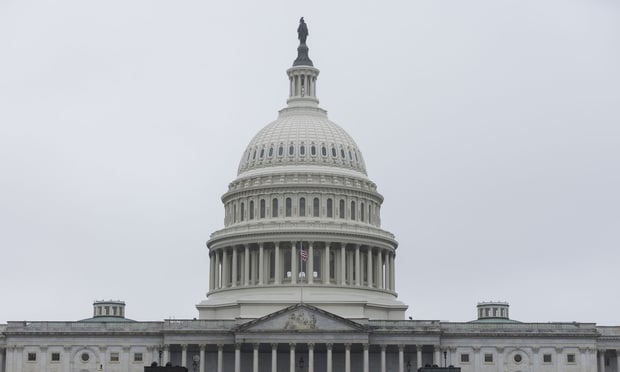The Paul Wellstone and Pete Domenici Mental Health Parity and Addiction Equity Act of 2008 (MHPAEA) prohibits group health or self-insured plans covering more than 50 employees from imposing caps or limitations on mental health treatment or substance use benefits that are not also applied to medical and surgical benefits.
Many employers will have to increase the mental health and substance abuse (MH/SA) coverage in their existing benefit plans to comply with the new parity requirements. Employer groups, particularly those that are self-insured, are concerned about the resulting increase in their health care spend.
- Plans without some form of behavioral health management may expect increases in outpatient costs of up to 30 percent. (Milliman, 'An Actuarial Analysis of the Impact of HR 1424')
- Estimates of cost increases to employers that are already complying with comprehensive state mandates range from 1 percent to 3 percent or more of total health care costs. (Mercer, 'Guidelines for Cost-Effective Implementation of the Mental Health Parity and Addiction Equity Act of 2008')
Over 90 percent of employer-sponsored health plans include coverage for MH/SA services, according to the Employee Assistance Professionals Association (EAPA). Should these employers and plans opt to maintain their mental health and substance abuse benefits, an EAP with an MH/SA Gatekeeper component can enhance the value of the program. An effective Gatekeeper benefits both employers and plan participants by redirecting "EAP-appropriate" cases into the EAP at the point of entry, while guiding members with acute mental health or substance abuse needs to the appropriate level of care within the benefit plan. As a result, patient care is optimized while health care costs are managed more effectively.
The Gatekeeper service takes direct aim at MH/SA costs in three ways:
- Redirection: The majority of all MH/SA claims are for outpatient short-term counseling. From the onset of the case, members with short-term counseling needs are guided into the most appropriate avenue of care, which is usually the EAP. In a 5-session EAP model, on average, two-thirds of non-medication outpatient counseling cases can be addressed within the framework of the program. By providing the right mode of care from the point of entry, employers benefit by mitigating the financial impact of a case that would have otherwise generated a claim.
- Advocacy: Members with acute MH/SA needs that require inpatient care, partial hospitalization, medication management or long-term outpatient services are guided to the most appropriate in-network care choices within their benefit plan. An effective MH/SA Gatekeeper can reduce out-of-network utilization by over 50 percent.
- Guidance: A member may contact the EAP provider to preauthorize a level of care that is inappropriate for his or her condition. In these cases, assuming the provider is staffed with licensed behavioral health clinicians, the member will be guided to the most appropriate level of care, which often results in a cost savings for both the employer and the employee.
Mindee Zis, senior account executive at Allied Benefit Systems Inc., a Chicago-based third party administrator, has seen the impact of the EAP Gatekeeper model first-hand.
"Our clients with an integrated EAP/Gatekeeper model are experiencing EAP case utilization that is two-to-three times higher than we have seen from programs without the Gatekeeper component. If this model weren't in place, many of these additional cases would have gone into the plan with an average cost ranging from $126.00 to over $900.00 per case. With the Parity legislation in effect, we believe that the savings will be demonstrated even more dramatically for companies that continue to provide coverage for MH/SA services."
The MHPAEA forces EAP providers to take an active role in cost containment and member advocacy for their clients.
© 2025 ALM Global, LLC, All Rights Reserved. Request academic re-use from www.copyright.com. All other uses, submit a request to asset-and-logo-licensing@alm.com. For more information visit Asset & Logo Licensing.







